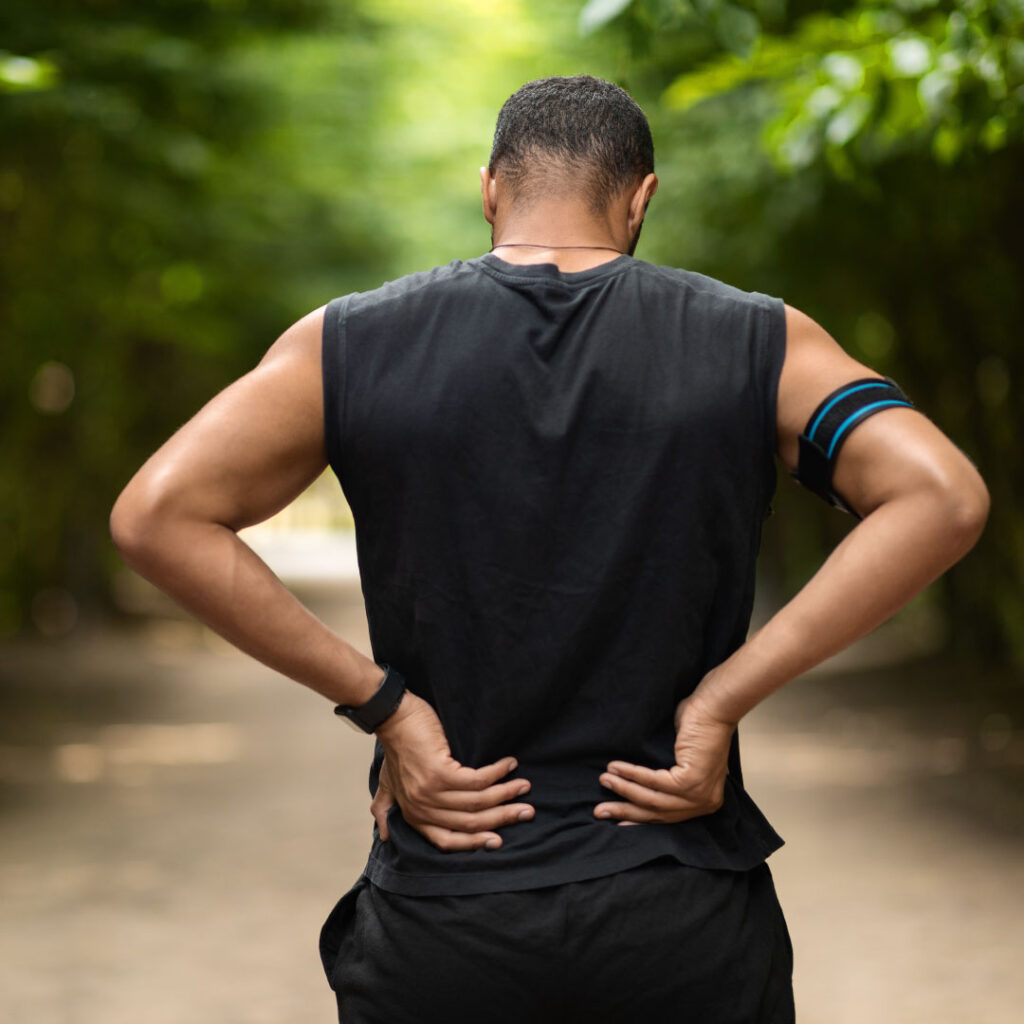
Back Pain After Working Out: How We Can Help
We’ve all been there. You push through a workout, feeling great about yourself, only to wake up the next day with an aching back. Or maybe it hits you right after you finish lifting that last set of weights. Back pain after exercising can be frustrating—and honestly, a little scary. Is it just soreness, or did you push too hard?
Let’s talk about what might be causing your pain, what you can do about it, and how we can help you stay active without hurting your back.
Why Does Your Back Hurt After a Workout?
Back pain after exercise can happen for a lot of reasons. Some of the most common ones are:
Bad Form
Let’s face it, even the best of us lose focus sometimes. If you’re lifting weights or doing exercises like squats or deadlifts with poor form, your back can take on too much strain.
Doing Too Much, Too Soon
Maybe you went a little harder than usual—heavier weights, more reps, longer cardio sessions. Your back muscles might just be overworked and letting you know they need a break.
Weak Core Muscles
Your core is like your body’s stabilizer. If it’s not strong enough, your back ends up doing all the heavy lifting, literally.
Tight Hamstrings or Hips
Tightness in your legs or hips can pull on your lower back, making it work harder and, eventually, hurt.
Underlying Issues
If you have a condition like a herniated disc or arthritis, working out can sometimes flare it up, especially if you’re not careful with your form or intensity.
How to Get Relief From Post-Workout Back Pain
If your back is already bothering you, don’t panic. There are some simple steps you can take to feel better:
Take It Easy
This doesn’t mean lying on the couch all day, but give your back a little rest. Avoid intense workouts for a few days and stick to light activities like walking or stretching.
Use Heat or Ice
• Ice is great for reducing inflammation, especially in the first 24-48 hours.
• Heat works wonders for relaxing tight muscles once the initial soreness settles down.
Stretch Gently
Focus on stretches that target your lower back, hamstrings, and hips. Even a few minutes can help ease tension.
Try OTC Pain Relievers
If the pain is bad enough to interfere with your day, a little ibuprofen or acetaminophen can take the edge off.
How to Prevent Back Pain in Future Workouts
Nobody wants to deal with back pain every time they work out. Here’s how to make sure it doesn’t become a recurring problem:
• Check Your Form
This is a big one. If you’re not sure you’re doing an exercise correctly, ask for help! A trainer or even a quick online video tutorial can show you the right way to move.
• Warm Up First
Jumping straight into a workout with cold muscles? Bad idea. Spend 5-10 minutes warming up with light cardio or dynamic stretches to loosen things up.
• Build a Strong Core
Exercises like planks, bird dogs, or even Pilates can help you build the core strength you need to support your back.
• Stretch After Every Workout
A few minutes of stretching at the end of your session can help prevent tightness that leads to pain.
• Listen to Your Body
If something feels off during a workout, don’t push through it. Adjust your form, reduce the weight, or stop altogether. Pain during exercise is a sign that something’s not right.
When Should You See a Doctor?
If your back pain doesn’t improve after a few days, or if it’s sharp, constant, or accompanied by numbness or weakness in your legs, it’s time to see a professional. These could be signs of a more serious issue, and it’s better to address it sooner rather than later.
How We at NSC Can Help You
Dealing with back pain doesn’t have to mean giving up on your workouts. Here’s how we can help:
• Personalized Support: We’ll work with you to figure out what’s causing your pain and create a plan to fix it.
• Expert Guidance: From physical therapists to fitness professionals, we connect you with the right people to get you moving safely.
• Long-Term Solutions: Whether it’s strengthening your core, improving your flexibility, or adjusting your workout routine, we’ll help you stay active without putting your back at risk.
Take the First Step
Back pain after working out is common, but it doesn’t have to keep happening. With the right care and strategies, you can stay active and pain-free. If you’re ready to stop letting back pain slow you down, we’re here to help. Let’s work together to get you back to feeling your best.
DISCLAIMER: No content on this site, regardless of date, should ever be used as a substitute for direct medical advice from your doctor or other qualified clinician.